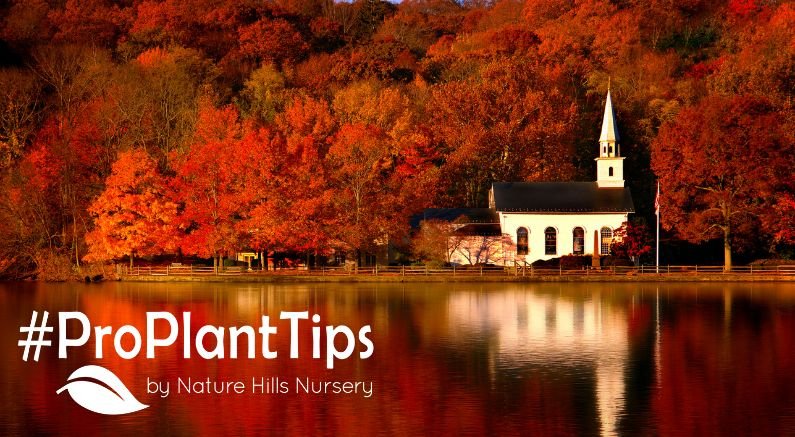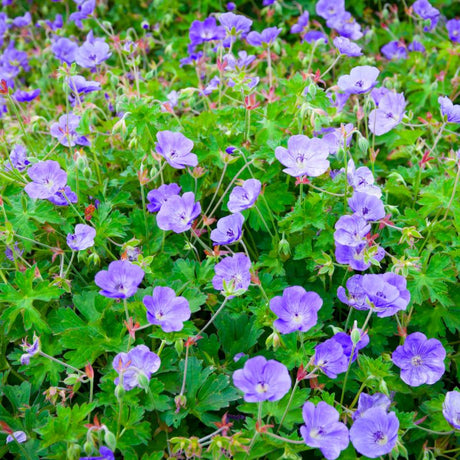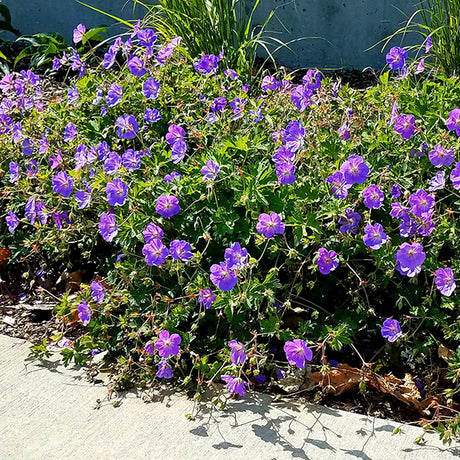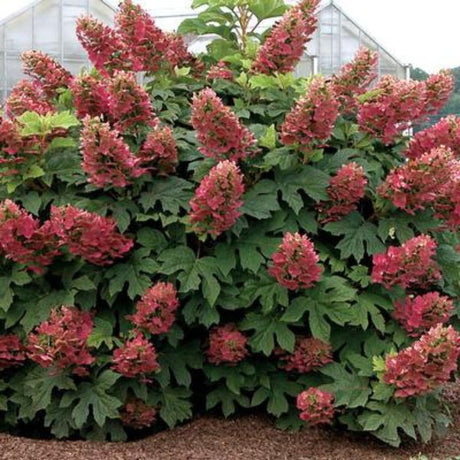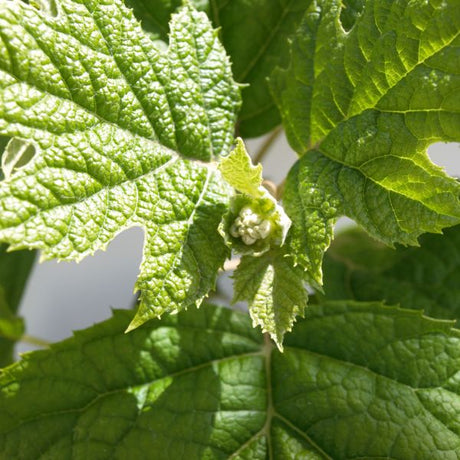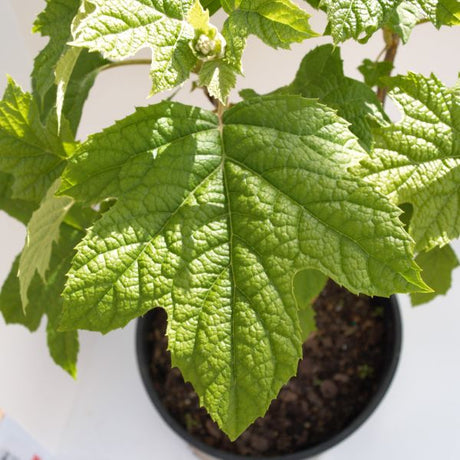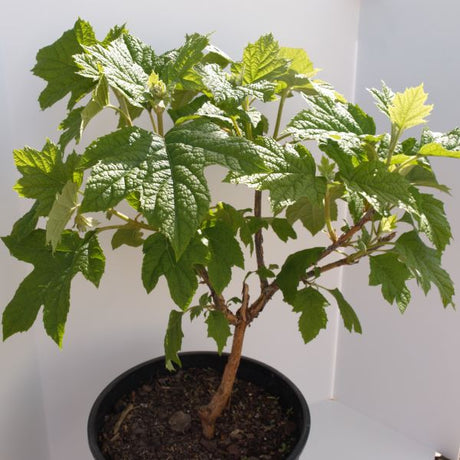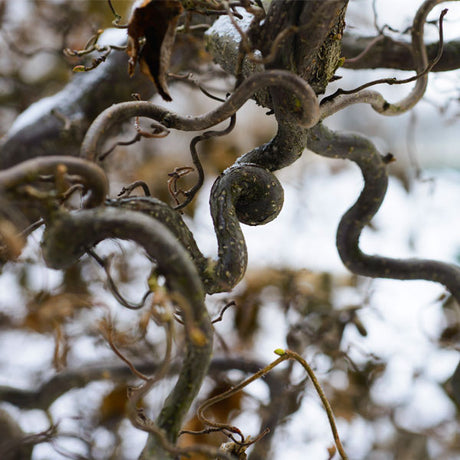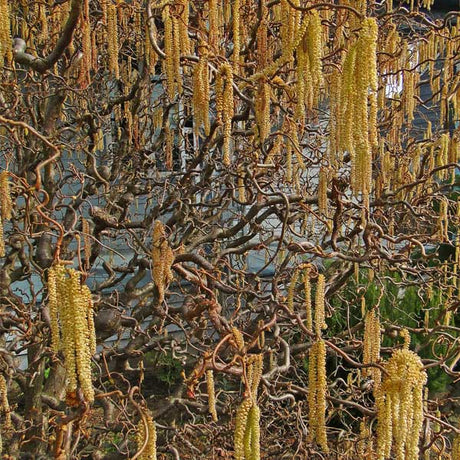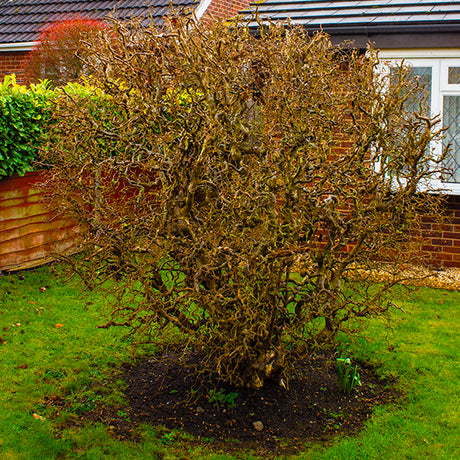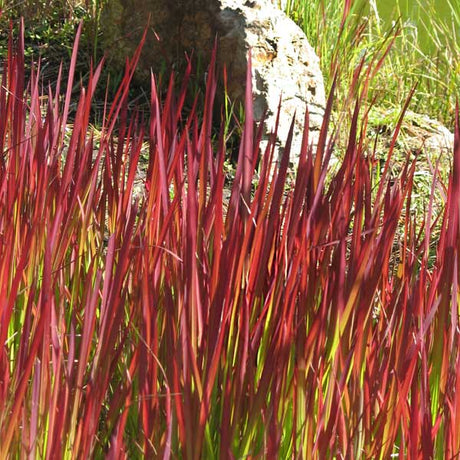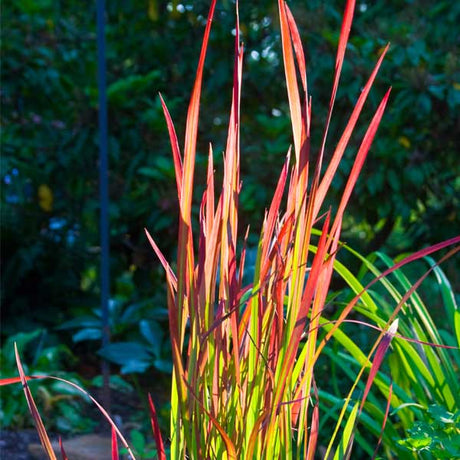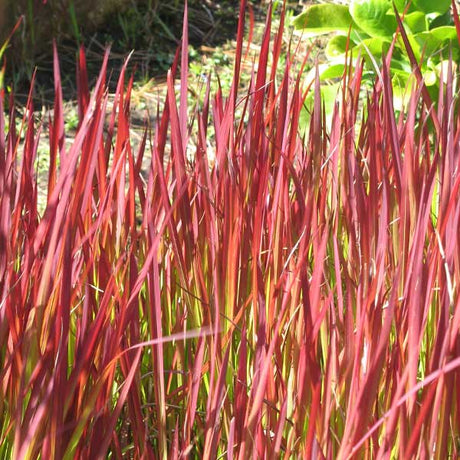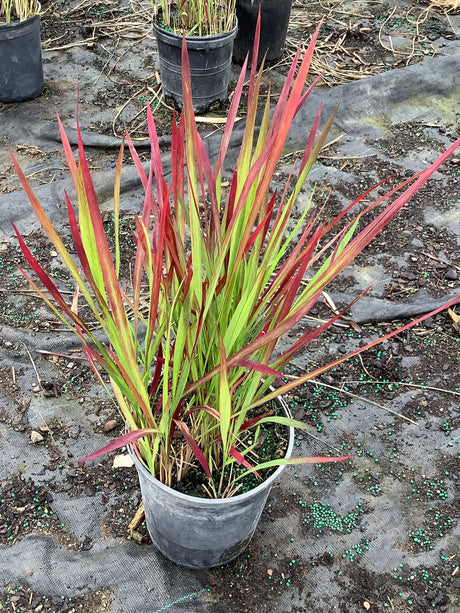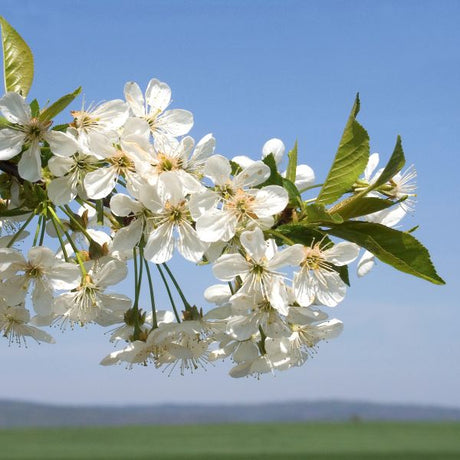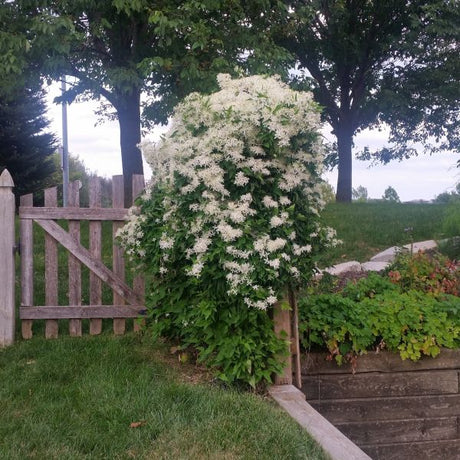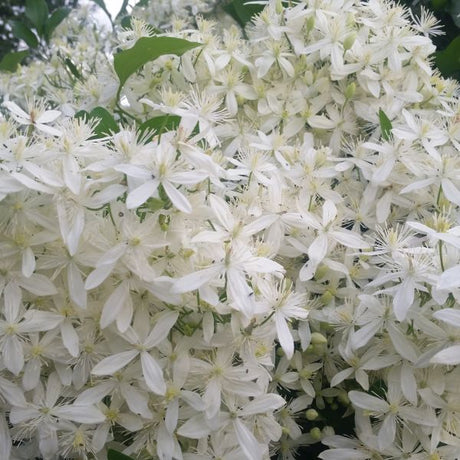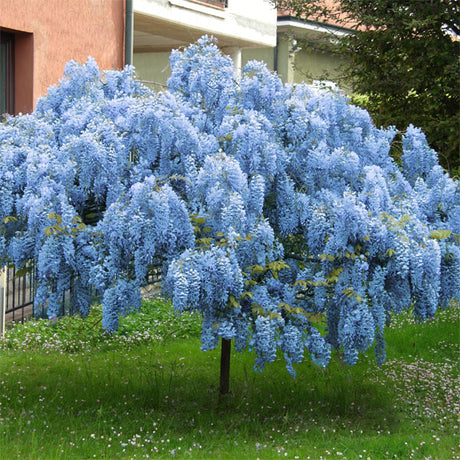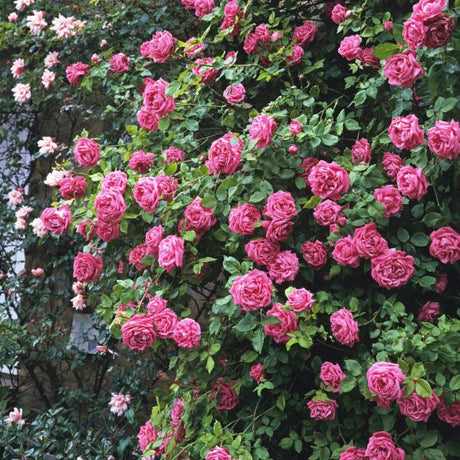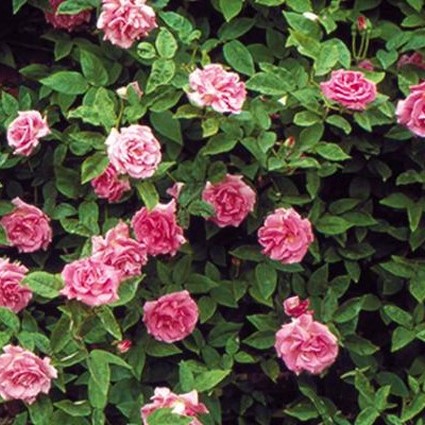Coastal Beauty Meets Colonial Roots

Huntington, New York, perched along Long Island's North Shore, is a gem of a town with a deep maritime history, bustling art scene, and leafy neighborhoods steeped in tradition. With influences from nearby New York City and the cooling salt breezes of the Long Island Sound, gardeners here enjoy a moderate climate in USDA Zones 7a and 7b. Huntington's landscapes range from rocky shores and wooded hills to suburban lawns and historic estates.
This temperate zone means coastal winds, humid summers, and mild winters, all perfect for hardy ornamentals, fragrant native blooms, and garden-friendly edibles. From refreshing front borders to creating pollinator paradises, the plants below are perfectly suited to Huntington's natural charm and coastal conditions. By selecting plants suited to local conditions, you can design landscapes that are both visually stunning and easy to maintain.
- New York State Facts and Local Huntington Climate
- Top 10 Ornamental Plants For Huntington Gardens
- Native Plants: Honoring Long Island’s Natural Heritage
- Tips and Tricks For Gardening In Huntington
- From Harbor to Hedge: Huntington's Garden Greatness
New York State Facts and Local Huntington Climate
Huntington enjoys a humid subtropical climate with hot summers and mild winters. The area’s sandy loam soil offers excellent drainage, ideal for a variety of resilient plants suited to USDA hardiness zone 7.
- Official Nickname: The Empire State
- Unofficial Nickname: The Excelsior State
- State Tree: Sugar Maple (Acer saccharum)
- Town Vibe: Seaside suburb with colonial roots and cultural flair
- Historical Highlight: Home to Walt Whitman’s birthplace
- Climate: Coastal humid subtropical/continental blend
- Average Last Frost: Mid to late April
- Soil Type: Loamy to sandy with pockets of clay and rocky glacial till
Climate: Huntington enjoys a humid continental climate with maritime influence:
- Cold-hardiness: USDA Zones 6b - 7a
- Average rainfall: ~45 inches per year
- Snowfall: 25-30 inches annually
- Summer highs: mid-80s °F
- Winter lows: upper teens °F
Soil: Soils in Huntington are well-draining, loamy, and rich with glacial minerals. Most properties have acidic to slightly acidic pH, favoring Rhododendrons, Azaleas, and other ericaceous plants. Compost and arborist mulch go a long way in retaining moisture and feeding the soil.
Landscape: The terrain varies from wooded hills and kettle ponds to seaside bluffs. This natural diversity supports an array of plantings, from woodland natives to beach-hardy grasses.
Top 10 Ornamental Plants For Huntington Gardens
In addition to namesake plants, like the Professor Kippenburg New York Aster and New York Fern, these ornamentals have been handpicked by Nature Hills Nursery to offer your garden style, stamina, and seasonal charm:
-
Limelight Panicle Hydrangea (Hydrangea paniculata 'Limelight'): Cone-shaped lime-to-pink blooms with strong stems and salt-tolerant flexibility.
-
Korean Spice Viburnum (Viburnum carlesii): Intensely fragrant pink-white spring flowers and fiery fall foliage.
-
Dwarf Alberta Spruce (Picea glauca 'Conica'): A compact evergreen with soft needles; ideal for formal plantings and containers.
-
Little Miss Maiden Grass (Miscanthus sinensis 'Little Miss'): Compact ornamental grass with shifting red-to-copper tones through the seasons.
-
Coral Knock Out® Shrub Rose (Rosa 'Radrazz'): Repeated blooming with disease resistance; perfect for a touch of classic romance.

-
Palace Purple Coral Bells (Heuchera 'Palace Purple'): Herbaceous perennial with ruffled purple foliage and delicate white flowers that is excellent for shade.
-
Blue Star Juniper (Juniperus squamata 'Blue Star'): Low-growing evergreen with steel-blue needles and strong texture.
-
Marianni® Daphne (Daphne odora 'Rogbret'): Deeply fragrant, late-winter blooms and glossy, broadleaf evergreen foliage.
-
May Night Salvia (Salvia nemorosa 'May Night'): Long blooming, deer-resistant, and highly attractive to pollinators.
- All Gold Japanese Forest Grass (Hakonechloa macra 'All Gold'): Graceful, golden variegated grass for part shade and woodland edges.

Native Plants: Honoring Long Island’s Natural Heritage
Native plants in New York are crucial to Huntington's unique ecosystem, from sandy dunes to Oak-Hickory woodlands. These plants have evolved alongside local birds, bees, and butterflies, making them excellent low-maintenance and high-impact choices. Whether you're recreating a natural woodland or adding biodiversity to your yard, native plants help support pollinators, preserve history, and resist local pests.
Native Trees For Huntington Landscapes
- Black Gum (Nyssa sylvatica): Also known as the Black Tupelo, this tree has stunning fall color in scarlet and orange, and is an important nectar source for bees.
- American Hornbeam (Carpinus caroliniana): Sinewy gray trunk, attractive foliage, and perfect for shady gardens.
- White Oak (Quercus alba): Majestic and long-lived, this tree supports hundreds of native insects and birds.
- Wafer-Ash (Common Hoptree) (Ptelea trifoliata): Uncommon native with wafer-like seed pods and citrus-scented flowers; a historical brewing and medicinal plant.
Native Shrubs For North Shore Gardens
- Northern Bayberry (Morella pensylvanica): Aromatic foliage and silver-gray berries; legendary for colonial candle-making.
- Inkberry Holly (Ilex glabra): Evergreen, tidy form; excellent Boxwood alternative for coastal conditions. Try the smaller Shamrock for a compact option.
- Summersweet (Clethra alnifolia): Sweet-smelling blooms in summer that attract hummingbirds and butterflies.
- New Jersey Tea (Ceanothus americanus): Deep roots, drought-tolerant, and historically used as a tea substitute.
Native Perennials for Pollinators and Charm
Introduce color throughout the seasons with long-blooming perennials like Black-Eyed Susan and Daylilies.
- Wild Columbine (Aquilegia canadensis): Graceful red and yellow blooms beloved by hummingbirds.
- Showy Goldenrod (Solidago speciosa): Tolerant of salt and sand; bright yellow plumes in late summer and fall.
- Joe Pye Weed (Eutrochium purpureum): Tall, pink-flowered nectar powerhouse for butterflies and bees. Try the smaller Rosie Josie!
- Wild Geranium (Geranium maculatum): Delicate lavender blooms and deeply cut foliage. It thrives in dappled woodlands.
- New York Fern: A graceful native Fern with soft, tapering fronds that thrive in the shaded woodlands of the Northeast.
Native Fruiting Trees for Edible Landscaping
- American Persimmon (Diospyros virginiana): Orange fall fruits that soften after frost; great for wildlife and sweet baking.
- Beach Plum (Prunus maritima): Compact coastal tree with white spring blossoms and tart purple fruits for preserves.
- Serviceberry (Amelanchier canadensis): Four-season interest with white blooms, edible berries, and brilliant autumn leaves.
Native Fruiting Bushes and Vines
- Common Elderberry (Sambucus canadensis): White blooms and medicinal berries loved by both gardeners and birds.
- Black Raspberry (Rubus occidentalis): A wild bramble with deep-colored fruit perfect for jellies and wildlife.
- Fox Grape (Vitis labrusca): A vigorous native vine producing richly flavored grapes. It also supports native moths and birds and thrives along fences, arbors, and woodland edges.
Tips and Tricks For Gardening In Huntington
-
Salt & Wind: Choose salt-tolerant and wind-resistant plants for seaside sites.
-
Sandy Soils: Amend with compost and organic matter to improve water and nutrient retention. Optimize water use and enrich your soil by employing xeriscaping techniques with drought-tolerant plants like Echinacea and Sedum.
-
Mulch: Use arborist mulch to conserve moisture and protect roots from weather swings.
-
Water Right: Especially for new plantings, try the Finger Test before watering.
-
Deadhead for continuous blooming and garden tidiness. Learn more here.
-
Layered Landscapes: Mix native shrubs with perennials and grasses for depth, wildlife shelter, and four-season interest!
- Tackling Wildlife with Deer-Resistant Plants: Deer and wildlife can be part of the local charm, but you can protect your garden by planting deer-resistant varieties such as Lavender and Yarrow. Using companion planting as a natural deterrent ensures your landscape stays lush and untouched.
-
Timing is Everything: Strategic planting during the spring and fall allows your plants to establish themselves in stable temperatures. This thoughtful timing, much like tailoring a suit for the perfect fit, ensures your garden thrives in its unique environment.
-
Embracing Modern Garden Design Trends: Maximize your garden space creatively with vertical gardening and urban forestry. Structures like arbors and trellises not only support climbing plants but also add an intriguing vertical element to your design.
- Essential Gardening Tools and Technology: Arm yourself with quality tools: sharp pruners, accurate soil testers, and eco-friendly pest solutions, and keep your garden thriving. Smart gardening technology, such as automated irrigation, simplifies maintenance, ensuring efficient and effective garden management.
From Harbor to Hedge: Huntington's Garden Greatness

From Centerport to Cold Spring Harbor, the gardens of Huntington reflect the town's creative, coastal heart. Whether you're planting in a forested backlot or steps from the Sound, your landscape can honor Long Island's rich native flora while showing off with stunning ornamental flair.
Pair Coral Bells beneath the Sugar Maple state tree, line a picket fence with Knock Out® Roses, or let Joe Pye Weed sway like sea grass on your own little inland dune. Huntington's gardens are as layered and lovely as its history!
Happy Planting!

